Poly(hexamethylenebiguanide)
- CAS NO.:28757-47-3
- Empirical Formula: C8H19N5.ClH
- Molecular Weight: 221.734
- MDL number: MFCD00242965
- SAFETY DATA SHEET (SDS)
- Update Date: 2022-12-21 16:56:50
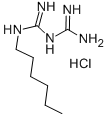
What is Poly(hexamethylenebiguanide)?
Description
Polyhexanide [formally, poly(hexamethylene biguanide)] is an unusual water-soluble polymer with five nitrogen atoms in each repeating unit, three of them in the polymer’s backbone. It was first described in late 1960s in British, French, and South African patents to Imperial Chemical Industries (London).
Since its inception, polyhexanide and its hydrochloride salt1 have been used for a wide range of sanitizing purposes. Examples are protecting crops from molds and bacteria in the field and in storage, preserving meat and fish products, and sanitizing swimming pools. In medicine, it has been used primarily for treating keratitis (corneal infection), but also for dressing wounds.
The use of polyhexanide products may be coming to an end. In 2011, the European Chemical Agency designated it as a suspected carcinogen. Since then, its uses have been increasingly restricted in Europe. In 2017, the US Food and Drug Administration declined an application for polyhexanide as an orphan drug for keratitis.
1. CAS Reg. No. 32289-58-0.
Background
Polihexanide has been used in trials studying the treatment, prevention, and supportive care of Caries, Neoplasm, Skin Diseases, Nail Diseases, and Dental Plaque, among others.
Metabolism
Not Available
Properties of Poly(hexamethylenebiguanide)
| Melting point: | variable |
| solubility | ≈400 g/l |
| appearance | white to pale yellow solid |
Safety information for Poly(hexamethylenebiguanide)
Computed Descriptors for Poly(hexamethylenebiguanide)
Poly(hexamethylenebiguanide) manufacturer
Dishman Carbogen Amcis Ltd (Dishman Group)
New Products
(S)-3-Aminobutanenitrile hydrochloride 4-Methylphenylacetic acid N-Boc-D-alaninol N-BOC-D/L-ALANINOL Tert-butyl bis(2-chloroethyl)carbamate 3-Morpholino-1-(4-nitrophenyl)-5,6-dihydropyridin- 2(1H)-one Furan-2,5-Dicarboxylic Acid Tropic acid 1-Bromo-3,5-Di-Tert-Butylbenzene S-2-CHLORO PROPIONIC ACID ETHYL ISOCYANOACETATE 2-Bromo-1,3-Bis(Dimethylamino)Trimethinium Hexafluorophosphate 4-IODO BENZOIC ACID 3-NITRO-2-METHYL ANILINE 1-(2,4-DICHLOROPHENYL) ETHANAMINE (2-Hydroxyphenyl)acetonitrile 4-Bromopyrazole 2-(Cyanocyclohexyl)acetic acid 4-methoxy-3,5-dinitropyridine 1-(4-(aminomethyl)benzyl)urea hydrochloride 2-aminopropyl benzoate hydrochloride diethyl 2-(2-((tertbutoxycarbonyl)amino) ethyl)malonate tert-butyl 4- (ureidomethyl)benzylcarbamate Ethyl-2-chloro((4-methoxyphenyl)hydrazono)acetateRelated products of tetrahydrofuran

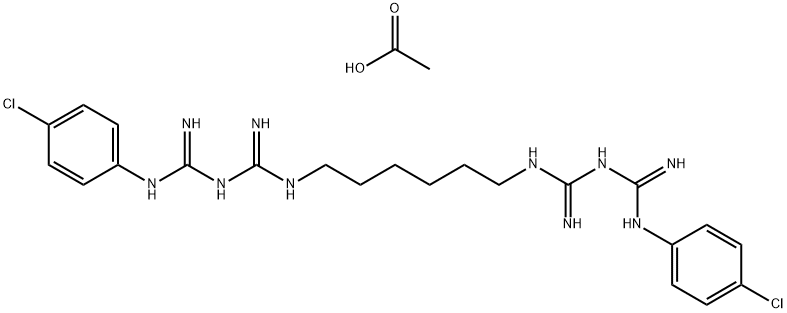

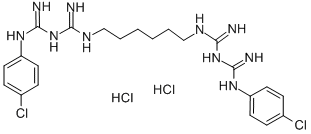
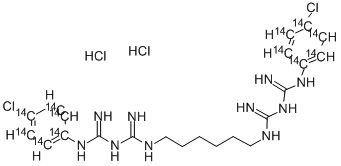
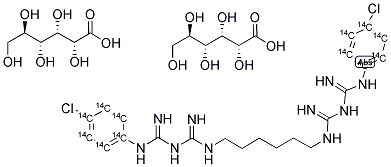


You may like
-
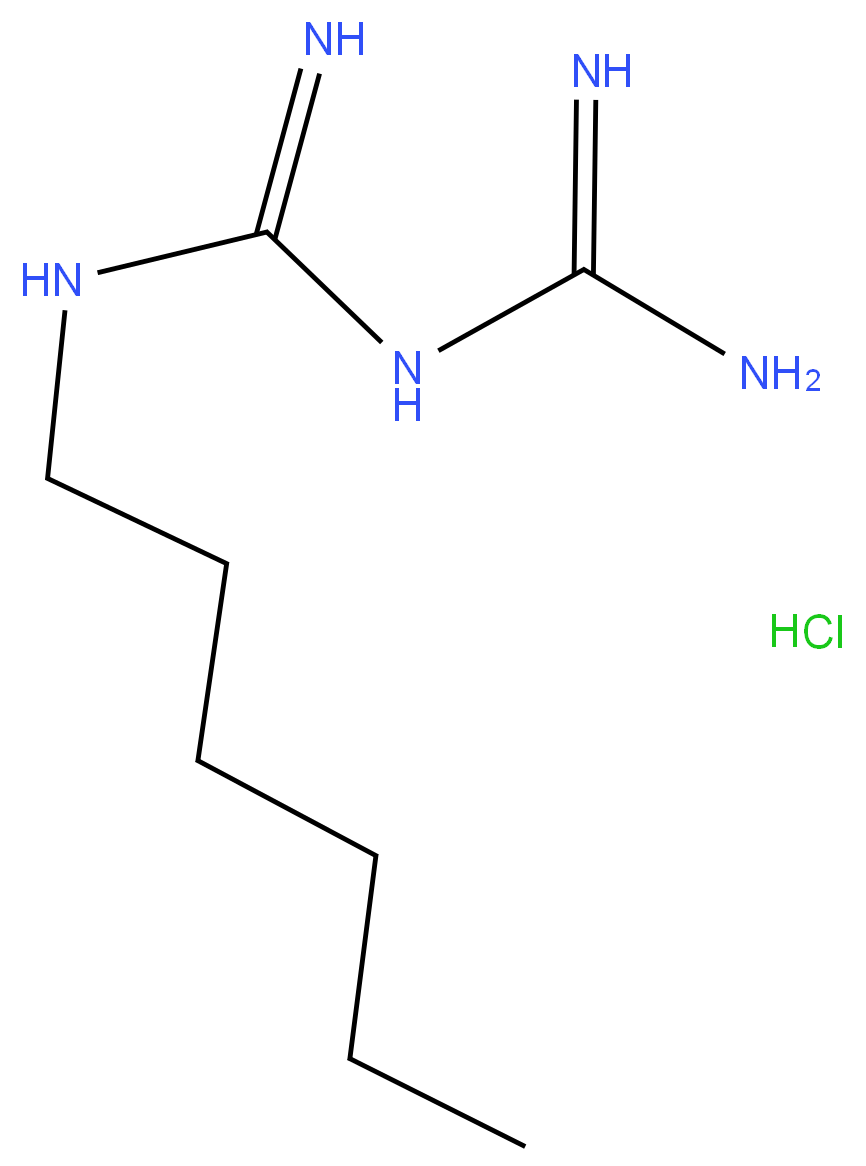 28757-47-3 Polyhexanide 99%View Details
28757-47-3 Polyhexanide 99%View Details
28757-47-3 -
 28757-47-3 98%View Details
28757-47-3 98%View Details
28757-47-3 -
 polyhexamethylene biguanide 98%View Details
polyhexamethylene biguanide 98%View Details
28757-47-3 -
 1975-50-4 98%View Details
1975-50-4 98%View Details
1975-50-4 -
 2-HYDROXY BENZYL ALCOHOL 98%View Details
2-HYDROXY BENZYL ALCOHOL 98%View Details
90-01-7 -
 2-Chloro-1,3-Bis(Dimethylamino)Trimethinium Hexafluorophosphate 221615-75-4 98%View Details
2-Chloro-1,3-Bis(Dimethylamino)Trimethinium Hexafluorophosphate 221615-75-4 98%View Details
221615-75-4 -
 14714-50-2 (2-Hydroxyphenyl)acetonitrile 98+View Details
14714-50-2 (2-Hydroxyphenyl)acetonitrile 98+View Details
14714-50-2 -
 118753-70-1 98+View Details
118753-70-1 98+View Details
118753-70-1